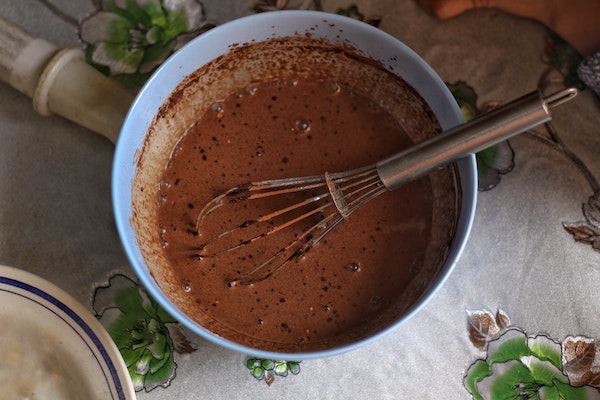SWITZERLAND
A Chocolate Chronology
By Jenny McGlone
Chapel Hill, NC, United States
“Nine out of ten people like chocolate. The tenth is lying.”
So goes the quote of disputed origin. Chocolate inspires almost universal passion and devotion. What would Valentine’s Day or Forrest Gump be without their boxes of chocolates? Yet without the creative efforts of a chocolatier in Switzerland named Daniel Peter, chocolate might have remained just a local delicacy.
How Chocolate Began
This substance goes back almost 4,000 years to the tropical lowlands of south-central Mexico. There, the Mesoamericans brewed a drink from cocoa beans. The name in fact, derives from the Indigenous word xocolatl (“bitter water”). Cocoa beans were thought to have divine properties, so they were offered to the gods and traded as currency. Sometimes the drink was fermented into an alcoholic beverage.
During the 16th century, European conquistadors returned from the Americas with this beverage and sweetened it to improve its bitter flavor. Within the next 100 years, chocolate became a fashionable liquid dessert of the wealthy. Cocoa beans were also used as medicine. It was not consumed by working class people because to purchase one pound of it would have cost two week’s wages.
From Cup to Bar
With the Industrial Revolution, producing chocolate became affordable. New techniques allowed it to be converted into solid, durable forms. In 1828, a Dutch chemist named Conrad van Houten invented a method for extracting cocoa butter from the bean, so that the remainder could be ground into a powder. This powder formed the basis for the first chocolate bar, created in 1847 in England.
These technological advances sparked the interest of Daniel Peter, a Swiss candle maker who had fallen on hard times. He spent eight years in his Vevey workshop attempting to create a creamier solid by adding various types of milk. Finally, in 1875, he teamed up with Henri Nestlé and perfected the world’s first milk chocolate.

Modern Innovations
The ensuing decades have seen a proliferation of chocolate achievements. One recent innovation is the percentage that producers often prominently display on their confections’ labels. For example, a number between 35 percent and 99 percent means that the chocolate bar contains that same percentage of cocoa. Therefore, high numbers will taste more bitter, because the amount of added sugar decreases as the cocoa content increases. Sweet chocolate has between 15 percent and 34 percent cocoa. White chocolate, by contrast, doesn’t contain any cocoa at all, which is why it is such a light color.
For chocolate lovers, no matter whether their mouthful is 42, 55, or 70 percent cocoa, they always find it 100 percent delicious!
Have a suggestion for this story? We’d love for you to submit it!


Blank
Blank
Math Resources
- Conduct a survey in your class. What percentage of students like chocolate? Convert that percentage to a ratio stated as x out of 10.
- If 9 out of 10 people truly like chocolate, what is the probability that all 15 people you survey like chocolate? What is the probability that at least 12 of 15 people like chocolate? What is the probability that none of the 15 people like chocolate?
- In 2013, the median family income in the United States is about $52,000 per year. Use the internet to determine the average household income for your area. How much would one pound of chocolate cost if its price was equal to two week’s wages?
- What are top 10 chocolate-producing companies in the world? How much do they produce each year?
- Where is cocoa produced? Create a map of the exportation of cocoa.
- Design your own piece of chocolate. Draw its shape, design, dimensions, and flavors.
- If I have 15 pieces of chocolate and then I sell them for $3.14 each, how much would I earn?
Social Justice Questions
Do some research to find out what impact the chocolate industry had on the Indigenous people living in the countries that grew cacao. Were the costs of the chocolate industry worth the economic gain? Are current practices any improvement?
Explore Further
- Fun facts about chocolate
- More information about the history of chocolate
- How to make a bar of chocolate from a cacao pod
- Definitions of chocolate terms and labels
Share Your Story
Write your own Global Math Story and send it to us!
Sorry, the comment form is closed at this time.